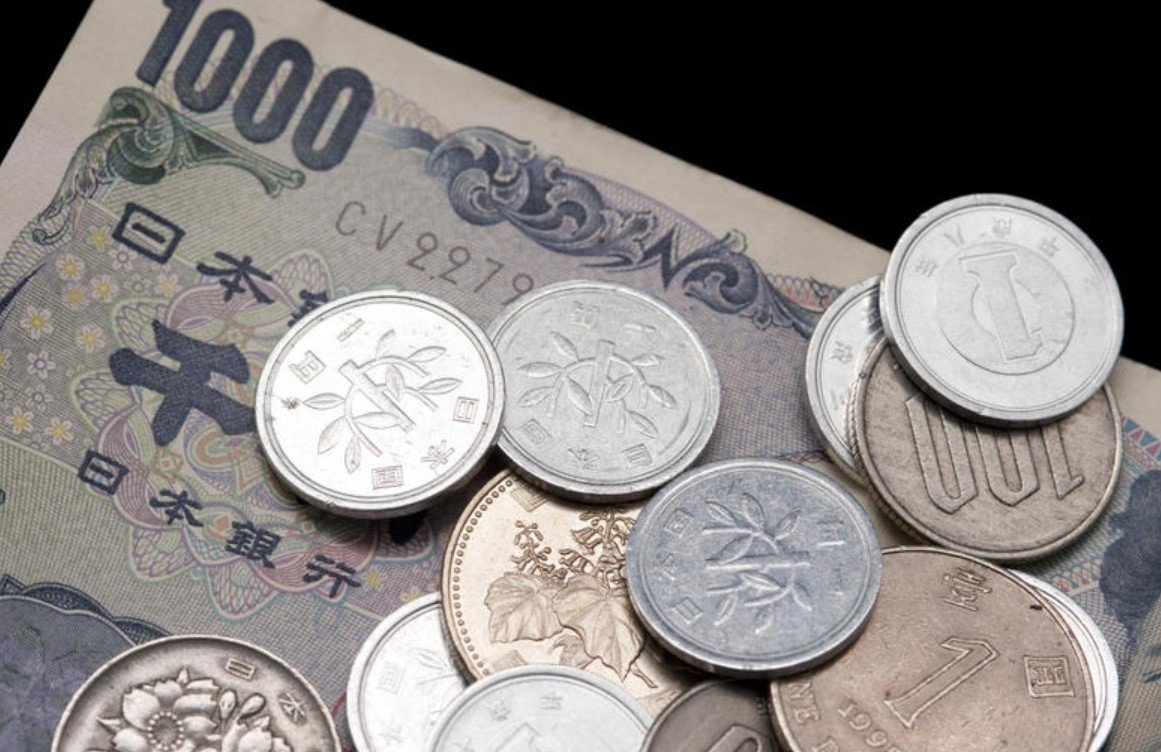Japan has introduced its first new banknotes in two decades, featuring advanced 3D hologram technology to combat counterfeiting. The new 10,000 yen, 5,000 yen, and 1,000 yen bills were unveiled in a ceremony attended by Prime Minister Fumio Kishida and Bank of Japan Governor Kazuo Ueda. These banknotes, which will be fully circulated by March 2025, incorporate state-of-the-art security features, including holographic portraits that change direction based on the viewing angle. This innovation marks a significant step in Japan’s ongoing efforts to enhance the security and integrity of its currency.
Revolutionary Anti-Counterfeiting Measures
The introduction of 3D hologram technology on Japan’s new yen banknotes represents a groundbreaking advancement in the fight against counterfeiting. The holographic portraits on the 10,000 yen and 5,000 yen bills move when tilted, making it extremely difficult for counterfeiters to replicate. Additionally, the 1,000 yen note features a holographic patch that enhances its security. These features are complemented by traditional watermarks and tactile marks, ensuring that the banknotes are not only visually secure but also accessible to the visually impaired.

Prime Minister Kishida highlighted the importance of these new security measures, noting that they reflect Japan’s commitment to maintaining the integrity of its currency. The new banknotes are designed to be easily recognizable and difficult to counterfeit, providing a robust defense against fraudulent activities. This innovation is expected to significantly reduce the incidence of counterfeiting, which has been a persistent issue despite recent declines.
The Bank of Japan has emphasized that while the world is moving towards cashless transactions, cash remains a vital means of payment. The new banknotes are part of a broader strategy to ensure that cash transactions remain secure and reliable. By incorporating cutting-edge technology, Japan is setting a new standard in currency security, reinforcing its position as a leader in anti-counterfeiting efforts.
Celebrating Japanese Heritage and Innovation
The new yen banknotes not only feature advanced security measures but also celebrate Japan’s rich cultural and scientific heritage. The 10,000 yen bill honors Eiichi Shibusawa, known as the father of Japanese capitalism, who played a pivotal role in building Japan’s modern economy. The 5,000 yen bill features Umeko Tsuda, a pioneering feminist and educator who founded a college for women. The 1,000 yen note portrays Shibasaburo Kitasato, a renowned physician and bacteriologist who made significant contributions to medical science.
These figures were chosen to reflect Japan’s values of innovation, equality, and scientific progress. The inclusion of these historical figures on the banknotes serves as a reminder of Japan’s achievements and its ongoing commitment to progress. The backs of the bills feature iconic images such as Tokyo Station, wisteria flowers, and Mount Fuji, further emphasizing the country’s cultural heritage.
The new banknotes also incorporate larger printing to make them easier to read, particularly for Japan’s aging population. This thoughtful design ensures that the banknotes are not only secure but also user-friendly, catering to the needs of all citizens. The introduction of these new banknotes is a celebration of Japan’s past, present, and future, showcasing the nation’s dedication to innovation and excellence.
Transition to the New Banknotes
The rollout of the new yen banknotes will be a gradual process, with full circulation expected by March 2025. Initially, the new bills will be distributed to banks and financial institutions, followed by their introduction to ATMs and stores. While the new banknotes are being introduced, the existing currency will remain valid, ensuring a smooth transition for the public.
The Bank of Japan has planned a comprehensive distribution strategy to ensure that the new banknotes reach all corners of the country. By the end of March next year, nearly 7.5 billion new banknotes will have been printed, with an estimated 1.6 trillion yen worth of new bills being distributed on the launch day alone. This extensive rollout underscores the importance of the new banknotes in Japan’s financial system.
Despite the global trend towards cashless transactions, Japan remains a predominantly cash-based society. The introduction of the new banknotes is part of a broader effort to modernize the country’s financial system while preserving the importance of cash. The Bank of Japan has reiterated its commitment to ensuring that cash remains a reliable and secure means of payment, capable of being used anywhere and anytime.
The new banknotes are expected to be well-received by the public, with their advanced security features and thoughtful design. As Japan continues to innovate and adapt to changing financial landscapes, the introduction of these new banknotes marks a significant milestone in the country’s economic history.



































